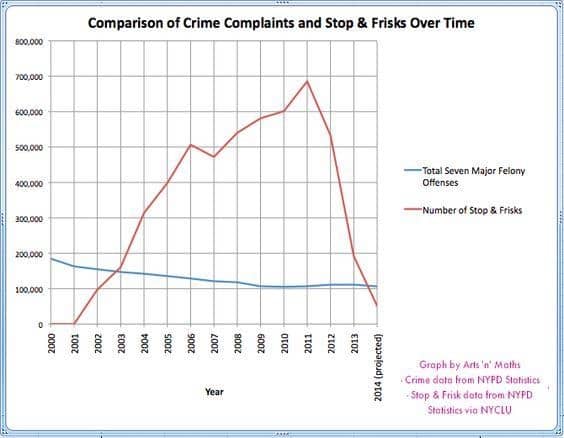- Cganemccalla, (2008) Top 5 Worst NYDP Brutality Moments. Retrieved from https://newsone.com/52571/top-5-worst-nypd-brutality-moments/
- Clark, J., Jackson, M., Schaefer, P., Sharpe, G. (2000) Training SWAT teams: implications for improving tactical units. Journal of Criminal Justice, 28(5) Pages 407-413, 10.1016/S0047-2352(00)00055-6.
- Coleman, K., Gochenour, P., J., Lawryszek, K., &Chandnani, N. (2010).The rise of the American police state.Rutherford Institute- Virginia Themis Society Research Program, 1-89. Retrieved from https://www.rutherford.org/files_images/general/Rise-of-the-American-Police-State-2010.pdf
- Delehanty, C., Mewhirter, J. Welch, R. & Wilks, J. (2017) Militarization and police violence: The case of the 1033 program. Sage Journals: Research and Politics pp. 1-7
- Falcone, N., D., Wells, L. E., & Weisheit, A., R., (2002). The small town police department Policing. An International Journal of Police Strategies & Management, 25 (2), 371-384. Retrieved from https://doi.org/10.1108/13639510210429419
- Hall, A. R. & Coyne, C. J. (2013). The Militarization of US Domestic Policy. The Independent Review 7(4), 485-504.
- Hill, S., & Berger, R. (2009).A paramilitary policing juggernauts. Social Justice, 36(1), 25-40.
- Katel, P. (2014). Police tactics.CQ Researcher, 24(44), 1033-1060. Retrieved from http://library.cqpress.com/
- Kraska, P. B., & Kappeler, V. E. (1997). Militarizing American Police: The Rise and Normalization of Paramilitary Units. Social Problems 44(1), 1–18.
- Seifman, D. (2011). Bloomberg calls NYPD his “own army” during MIT speech. New York Post. Retrieved from http://nypost.com/2011/11/30/bloomberg-calls-nypd-his-own-army-during-mit-speech/
- Talvi, S. (2003). Shoot first, ask questions later: The Militarization of Law Enforcement. Prison Legal News, 14(9), 10-11.
- The New York Times, (2014), The Flow of Money and Equipment to Local Police. Retrieved from https://www.nytimes.com/interactive/2014/08/23/us/flow-of-money-and-equipment-to-local-police.html
- Walker, S., & Katz, C. (2008).The Police in America: An introduction. New York: McGraw- Hill.
- Williams, J., Westall, D.(2003) SWAT and non-SWAT police officers and the use of force. Journal of Criminal Justice, 31(5), Pages 469-474, 10.1016/S0047-2352(03)00051-5.
- Wood, G. & Malcolm, G., J. (2014) From watts to Ferguson: the pros and cons of police militarization. The Daily Signal. Retrieved from http://dailysignal.com/2014/08/21/qa-ferguson-militarization-police-departments/
A Review of the Militarization of the Police Force
| Subject: | Political |
| Type: | Analytical Essay |
| Pages: | 2 |
| Word count: | 712 |
| Topics: | Military Science, Public Policy, Social Issues, Statistics |
Sources
More samples
Related Essays
Get a brand-new guide on essay writing
The download will start within seconds. Good luck!
Download Sample
This essay is publicly available.
Offered for reference purposes only.
Offered for reference purposes only.
By clicking Get this Sample you agree to the Terms And conditions and Privacy policy.
Thank you!
The download will start shortly.



